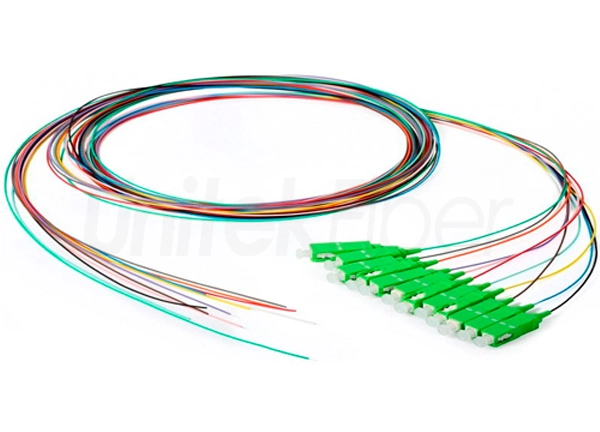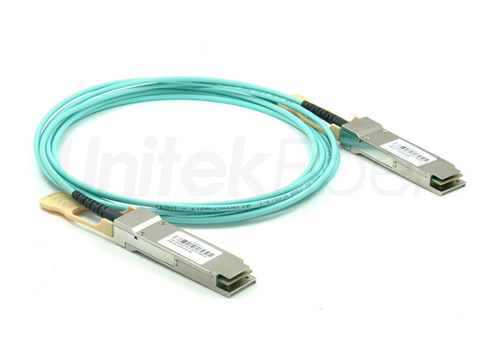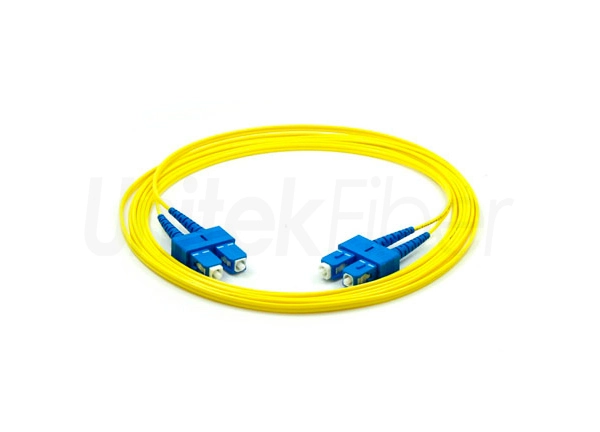
Fiber-To-The-Home (FTTH) is a transmission method of optical fiber communication. It is to connect the optical fiber directly to the user's home (where the user needs it).
This kind of optical fiber communication mode and strategy is also different from FTTN, FTTC, HFC (hybrid fiber coaxial), etc. They all need to rely on traditional metal wires, including twisted pair and coaxial cable, for the "last kilometer" information transmission.
First, it is a passive network. From the office end to the user, it can basically be passive;
Second, its bandwidth is relatively wide, and the long-distance is just in line with the large-scale application mode of operators;
Third, because it is the service carried on the optical fiber, there is no much problem;
Fourth, because of its wide bandwidth, the protocols it supports could be more flexible;
Fifthly, with the development of technology, point-to-point, 1.25G and FTTH feature relatively perfect functions.
In the optical access family, there are FTTB (Fiber-To-The-Building), FTTC (Fiber-To-The- Curb), FTTSA (Fiber-To-The-Service Area) and so on.
Connecting the optical fiber directly to the user's home has no limitation on its bandwidth, wavelength and transmission technology. It is suitable for introducing various new services. It is the most ideal transparent service network and the final way of access network development.
Although the development speed of mobile communication is amazing, due to the limited bandwidth, the terminal volume which is unlikely to be too large, the limited display screen and other factors, people still pursue the fixed terminal with relatively superior performance. They want to achieve Fiber-To-The-Home. The charm of Fiber-To-The-Home lies in its huge bandwidth, which is the best solution to the "last mile" bottleneck from the internet backbone to the user's desktop.
With the upgrading of technology, the cost of Fiber-To-The-Home is greatly reduced, and will soon be equivalent to that of DSL and HFC networks, which makes the practicability of FTTH possible. In addition, FTTH technology is also applied to solve the "last mile" problem in the information superhighway. FTTH + Ethernet is much faster than ADSL and ISDN.
Based on MAC speed limit mode, the delay time will increase when the broadband runs full.
In terms of speed, FTTH can provide up to 4M uplink and 100M downlink, which are unequal lines. While up and down lines of FTTB is equal and can provide up to 10M.
Predominance of broadband optical access network
In the global range, most telecommunication companies are ADSL-based development of broadband access. However, ADSL is a broadband access technology based on copper wire. Copper is a global strategic resource. With the continuous increase of international copper cable prices (an average annual increase of 20% - 30% in recent years), the line cost of ADSL is higher and higher. But, the raw material of optical fiber is silica which is inexhaustible.
In fact, the current market price of optical fiber is lower than that of common copper wire, and its service life is far longer than the latter. When old cables have to be replaced or new subscriber lines need to be laid, optical fiber is a more reasonable choice, especially in the backbone and even distribution line. Secondly, as active equipment, ADSL electromagnetic interference is hard to avoid and the maintenance cost is higher and higher. As a passive transmission medium, optical fiber can avoid these problems.
As the fiber-optic process of the whole network continues to extend to the user side, the restrictions of end-to-end broadband connection are more and more concentrated in the access section, and the uplink and downlink connection rate of ADSL cannot meet the long-term business needs of high-quality users. Although ADSL2 + and VDSL2 technologies are expected to alleviate this pressure, the continuous substantial increase of their speed and transmission distance is limited, and no essential breakthrough can be expected. Obviously, with the extensive application of optical fiber in the long-distance network, metropolitan area network and even backbone of access network, the logical development trend is to continually extend optical fiber to the distribution line and lead-in line of access network, and finally realize the Fiber-To-The-Home. The key question is: how fast is the promotion speed? It depends on many factors, including market demand, competition demand, application stimulation, technology progress, cost reduction and development of supporting operation and maintenance system.



